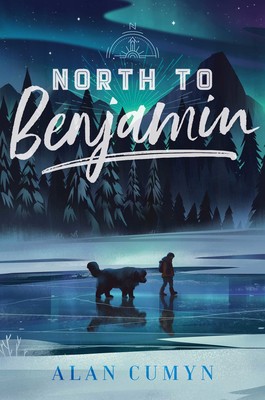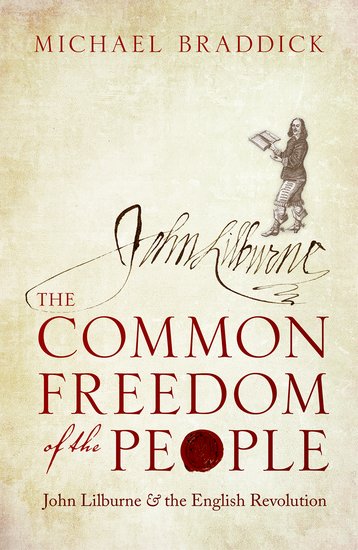 Nancy Kress's many books include over two dozen novels, four collections of short stories, and three books on writing. Her work has won six Nebulas, two Hugos, a Sturgeon, and the John W. Campbell Memorial Award. Kress’s work has been translated into two dozen languages, including Klingon, none of which she can read.
Nancy Kress's many books include over two dozen novels, four collections of short stories, and three books on writing. Her work has won six Nebulas, two Hugos, a Sturgeon, and the John W. Campbell Memorial Award. Kress’s work has been translated into two dozen languages, including Klingon, none of which she can read.Here Kress dreamcasts an adaptation of her new novel, Terran Tomorrow: Book 3 of the Yesterday's Kin Trilogy:
What a treat! I get to cast my movie! Since this will never happen in real life, I can have anyone I want, so here goes:Visit Nancy Kress's website, and follow her on Twitter and Facebook.
For Marianne Jenner, sixty-ish geneticist, I want Helen Mirren. Helen is older than Marianne and British rather than American, but she can play anything. Hell, to have Helen Mirren, I’d make Marianne younger, British, whatever. For Helen Mirren, who I would watch recite the phone book if phone books still existed, I would rewrite the entire trilogy.
For Colonel Jason Jenner, late thirties, handsome and very earnest, I need someone who can portray strong-silent-type stress from the burden he’s carrying (basically, the survival of civilization). Ryan Gosling, maybe? DiCaprio is too old.
For Jason’s second-in-command, the reserved and frighteningly competent Major Elizabeth Duncan, I want Mary Jackson, who was so terrific in Hidden Figures.
For Dr. Lindy Ross, Jason’s estranged wife and his moral scold, Olivia Coleman.
Jason’s brother, the eco-minded rebel, I’m not sure. Colin Jenner is shorter, not handsome, but with charisma. The person who would be perfect is the young John C. Reilly, now nowhere near young enough—but you did say I could have anyone I wanted, regardless of temporal physics!
A major character in the book is an “alien” who is not really alien. She’s from a group of humans transplanted from Earth to another planet 140,000 years ago. That’s enough time for evolution to make some genetic changes, but not enough time for species to diverge. There is only one choice: Saoirse Ronan, who somehow looks alien even when playing the Irish girl in Brooklyn or the Scots Queen Mary. She has a spooky, beautiful-in-a-strange way face. And talent to burn.
For the young, nerdy and brilliant techie Carter, Lucas Hedges.
Now my movie costs gazillions of dollars because none of these actors come cheap. But…Helen Mirren! Helen Mirren! Maybe she could just do the novel as a one-person show on Broadway and play all the parts. I would be in the front row every single night.
The Page 69 Test: Tomorrow's Kin.
The Page 69 Test: If Tomorrow Comes.
The Page 69 Test: Terran Tomorrow.
--Marshal Zeringue

































